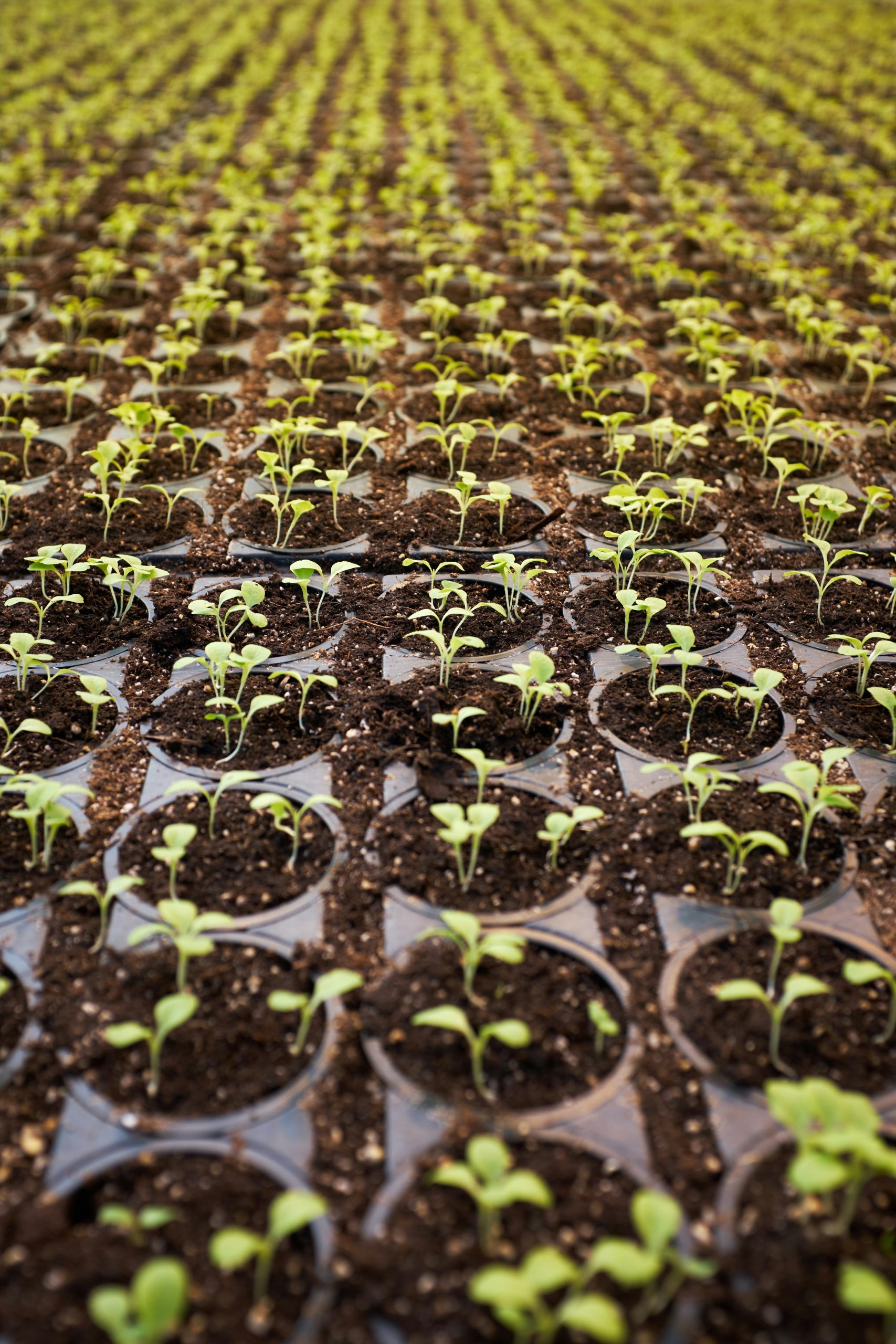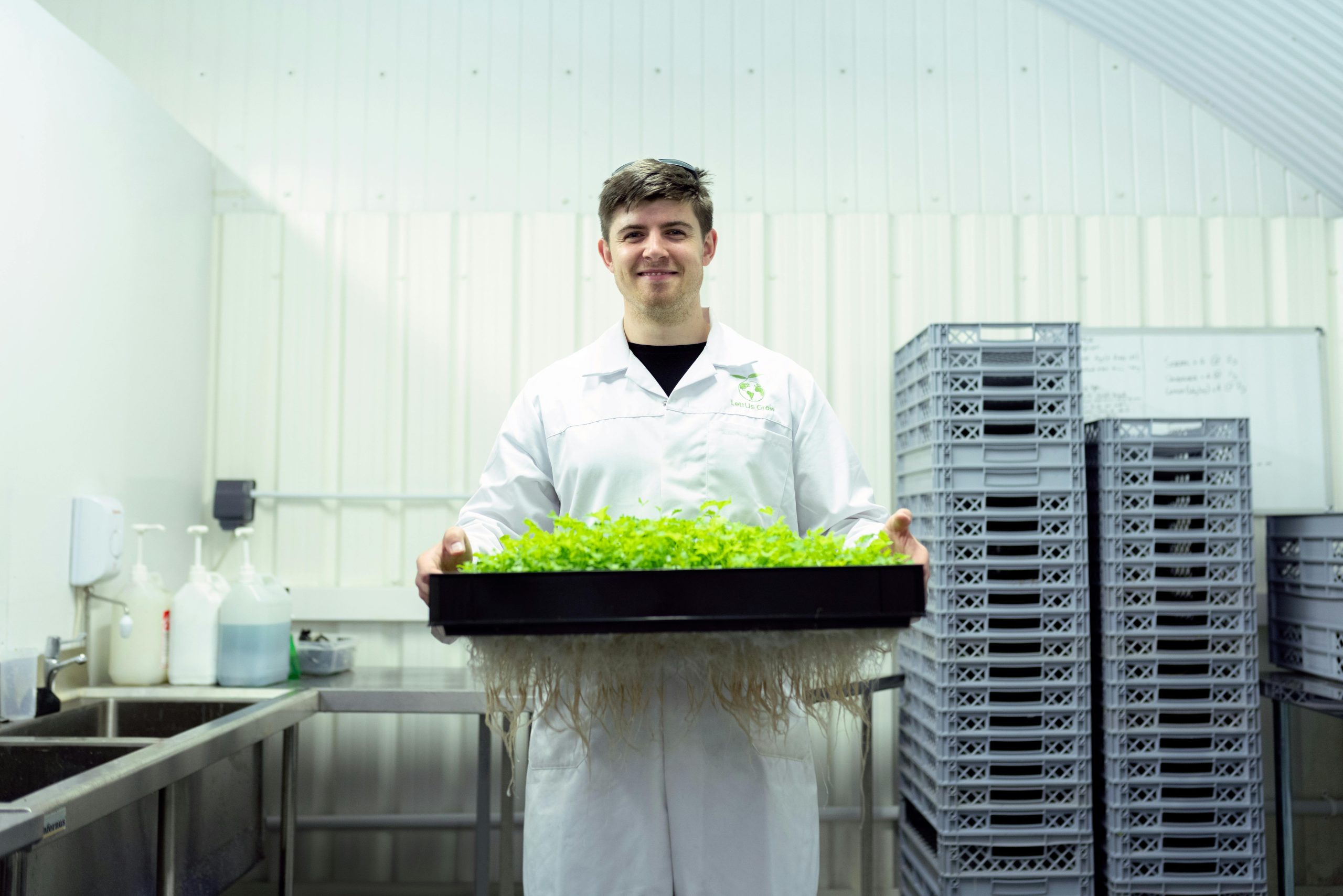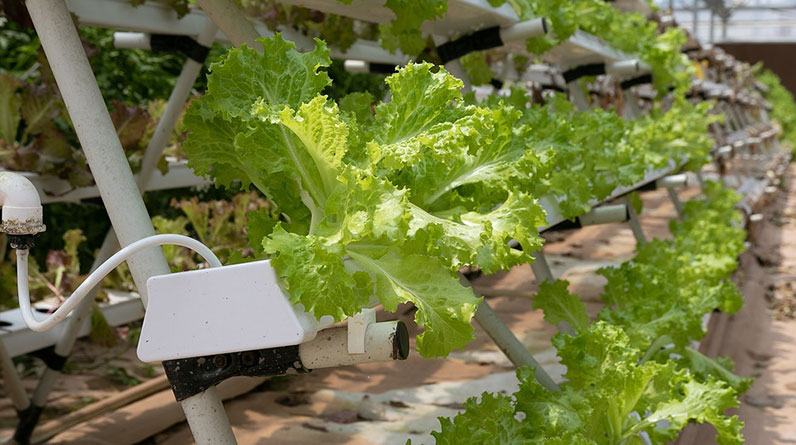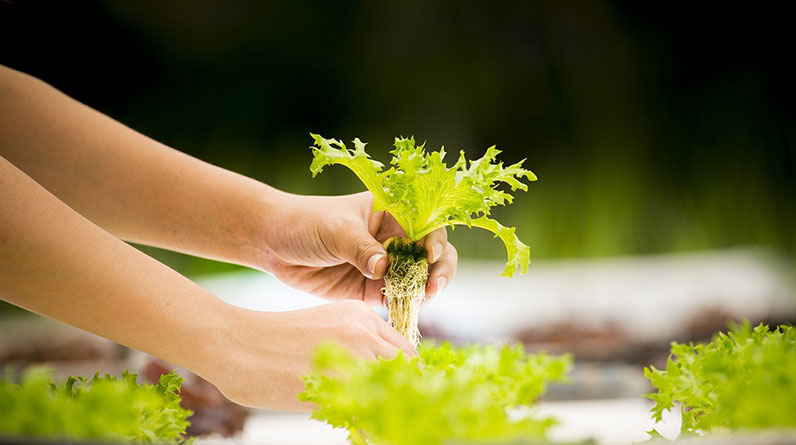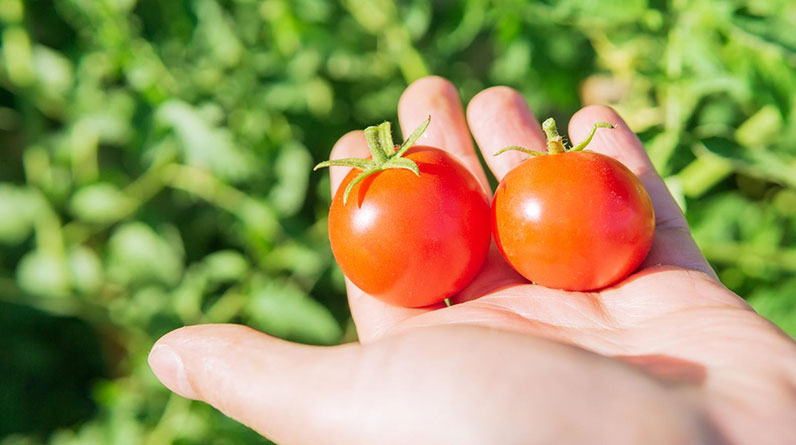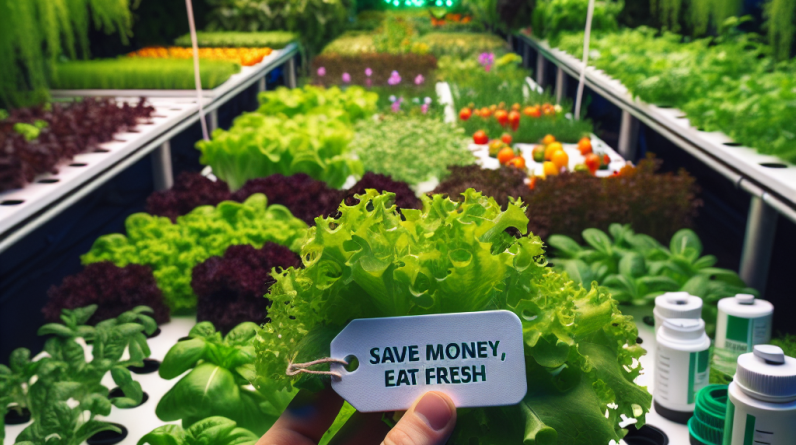
Understanding the Basics of Hydroponics
What is Hydroponics?
When I first stumbled upon hydroponics, I was baffled but fascinated. It’s basically a method of growing plants without soil. Instead, it uses nutrient-rich water to feed plants directly. This technique saves space and water, and it’s way more efficient than traditional farming. Imagine growing your own veggies right in your kitchen!
As I started digging deeper, I learned that hydroponics allows you to control the growing conditions closely. This means you can optimize your plant’s growth cycle and even grow plants year-round, regardless of the weather outside. It’s perfect for city dwellers and anyone looking to eat fresher produce.
Plus, hydroponics is super versatile! You can grow a variety of crops, including herbs, leafy greens, and even tomatoes and peppers. The possibilities are truly endless, and it’s kind of satisfying to know that you’re taking part in a sustainable practice.
The Benefits of Hydroponic Gardening
What I love about hydroponics is that it offers some serious benefits. Firstly, it saves you money in the long run. You’re cutting out grocery bills for fresh produce, and trust me, that adds up fast. Plus, with hydroponic setups becoming more affordable, this is one investment that pays off!
Another huge plus? You can grow your food right at home, which means you know exactly what’s going into it. No pesticides, no mystery ingredients—just pure, fresh veggies. I can’t tell you how nice it is to skip the store and just grab a handful of basil or lettuce from my home setup. Freshness is unbeatable!
Lastly, hydroponics is a fantastic way to reduce your carbon footprint. By growing your own food, you’re cutting down on transportation emissions. Not to mention, many hydroponic systems use up to 90% less water than traditional farming methods. Mother Earth is going to appreciate this one!
How to Get Started with Hydroponics
If you’re ready to leap into the hydroponic world, starting small is key. I’d recommend grabbing a simple kit to familiarize yourself with the process. There’s everything from deep water culture systems to nutrient film techniques. Do a little research to find what suits your space the best.
Then, it’s all about choosing your plants! Start with ones that are easier to grow—herbs like basil or mint are great for beginners. They thrive in hydroponic systems and can give you a good introduction to the maintenance involved.
Once you’ve got your system in place and plants growing, don’t forget to monitor their health regularly. This means checking your nutrient solution and water levels. Hydration is key, my friends! A simple logbook can help track your garden’s progress and make adjustments as needed.
Saving Money with Hydroponics
Initial Investments
Let’s talk about money, shall we? I won’t lie; the initial setup can seem a bit pricey. But if you break it down, you’re actually saving in the long run. I did my fair share of research before investing, making sure I was choosing the right equipment that would provide the best yield.
Consider it as a one-time cost for recurring savings—like buying a coffee machine instead of daily coffee runs. Eventually, your hydroponic garden will pay for itself in fresh produce, not to mention the quality of what you’re eating is miles above store quality.
Plus, many local agricultural extensions or cooperative extension services offer resources to help educate and sometimes even rebate setups for beginners. Don’t overlook these opportunities—they can make entering the hydroponic realm smoother on the wallet!
Reducing Grocery Bills
I can’t emphasize this enough—growing your own food saves loads of cash! Think about how often you go shopping for herbs, salads, or veggies—those add up quickly. With a hydroponic garden, you’ve got a continuous supply of fresh produce literally at your fingertips.
Before I started growing my own food, I was spending at least $30-40 a week just on fresh herbs and greens. Now, I’m harvesting them from my garden with zero additional costs beyond the initial investment. It’s like having a magic money tree for my kitchen!
Moreover, seasonal produce prices can skyrocket. With hydroponics, you’re not at the mercy of the seasons. If I want fresh tomatoes in winter, guess what? I can grow them myself! Youtube tutorials are a great resource for figuring out how to grow specific plants all year round.
Maximizing Space for Efficiency
Space is a game-changer when it comes to growing your food. If you live in a small apartment, don’t fret! Hydroponics works wonders even in tiny areas. My first setup was a simple vertical garden that I mounted on the wall in my kitchen.
Vertical systems maximize your yield without requiring tons of square footage. This means even the smallest nook can transform into a productive garden. I love watching my plants thrive in a limited space—it feels like I’m accomplishing something amazing!
Plus, these setups can be quite eye-catching! A tidy hydroponic system can function as beautiful living decor. So not only are you saving money and enjoying fresh produce, but you’re also adding aesthetic value to your home. Win-win!
Maintaining Your Hydroponic System
Regular Monitoring
Consistency is key to a thriving hydroponic garden. I’ve learned that checking my plants and nutrient solution regularly keeps everything healthy. Pay attention to the water levels and nutrient concentrations—the health of your plants depends on it!
Using pH meters and EC (electrical conductivity) meters can help you keep tabs on the nutrient levels. It sounds technical, but once you get in the groove, it’s pretty simple. I started with a basic kit and gradually learned to calibrate everything better as I went along.
Don’t forget about light! If you’re growing indoors, make sure your plants are getting the right amount of light each day. Natural sunlight is ideal, but if that’s not a possibility, there are plenty of grow lights to help your plants flourish.
Nutrient Solutions
Choosing the right nutrient solution is crucial for your plants’ success. I initially stumbled around, mixing and matching solutions until I found the right balance. I’ve now settled on a reputable brand that works well for my vegetables.
The nutrients need to be replenished regularly. Imagine your plants having their own restaurant—if the menu isn’t changed regularly, they’re going to get bored! Changing out the nutrient solution (I do it every couple of weeks) keeps the plants happy and thriving.
Research the specific needs of the plants you’re growing because each plant has different nutritional requirements. As you expand your hydroponic garden, you’ll become a bit of a science whiz yourself, ensuring your plants get exactly what they need.
Common Challenges and Solutions
Every garden has its challenges, and hydroponics isn’t any different. One issue I’ve faced is mold and algae growth occasionally. Keeping everything clean, both the system and the plants, helps avoid this. I learned early on that good hygiene is just as essential in hydroponics as it is in any traditional gardening.
Another challenge can be pests. While you’re less likely to get pests than in traditional gardening, they can still creep in. I’ve relied on natural deterrents and beneficial insects to keep things in check without resorting to harmful chemicals.
Patience is crucial as well. Sometimes things don’t go as planned, but that’s part of the learning process. Embrace the hiccups and consider them lessons along the way—it’s all part of becoming a successful hydroponic gardener!
Conclusion
Getting involved with hydroponics has been a rewarding and enjoyable journey for me. It’s not just about saving money; it’s about the joy of cultivating your produce, understanding how growth works, and providing yourself with fresher, healthier food. If you’re considering jumping into hydroponics, I say go for it! It’s a great way to take control of your food sources.
FAQs
1. Can I grow anything hydroponically?
Pretty much! You can grow a wide variety of plants, including leafy greens, herbs, tomatoes, and even strawberries. Start with simpler plants until you get the hang of it.
2. Is hydroponics expensive to maintain?
The initial setup can cost a bit, but over time it pays off. You’ll find that you save on grocery costs by growing your own food.
3. How much space do I need?
You don’t need a lot of space! Many hydroponic systems can be set up vertically, perfect for small apartments or homes.
4. What happens if my plants get sick?
Pay attention to signs of distress, like discoloration or wilting. Many issues can be resolved by adjusting your nutrient solution or cleaning your system. Don’t hesitate to research or ask for help!
5. Can I use hydroponics outdoors?
Absolutely! Hydroponics works great outdoors too, just keep an eye on environmental factors like rain and sun exposure. Many outdoor systems are designed to maximize natural conditions while offering the benefits of hydroponics.




